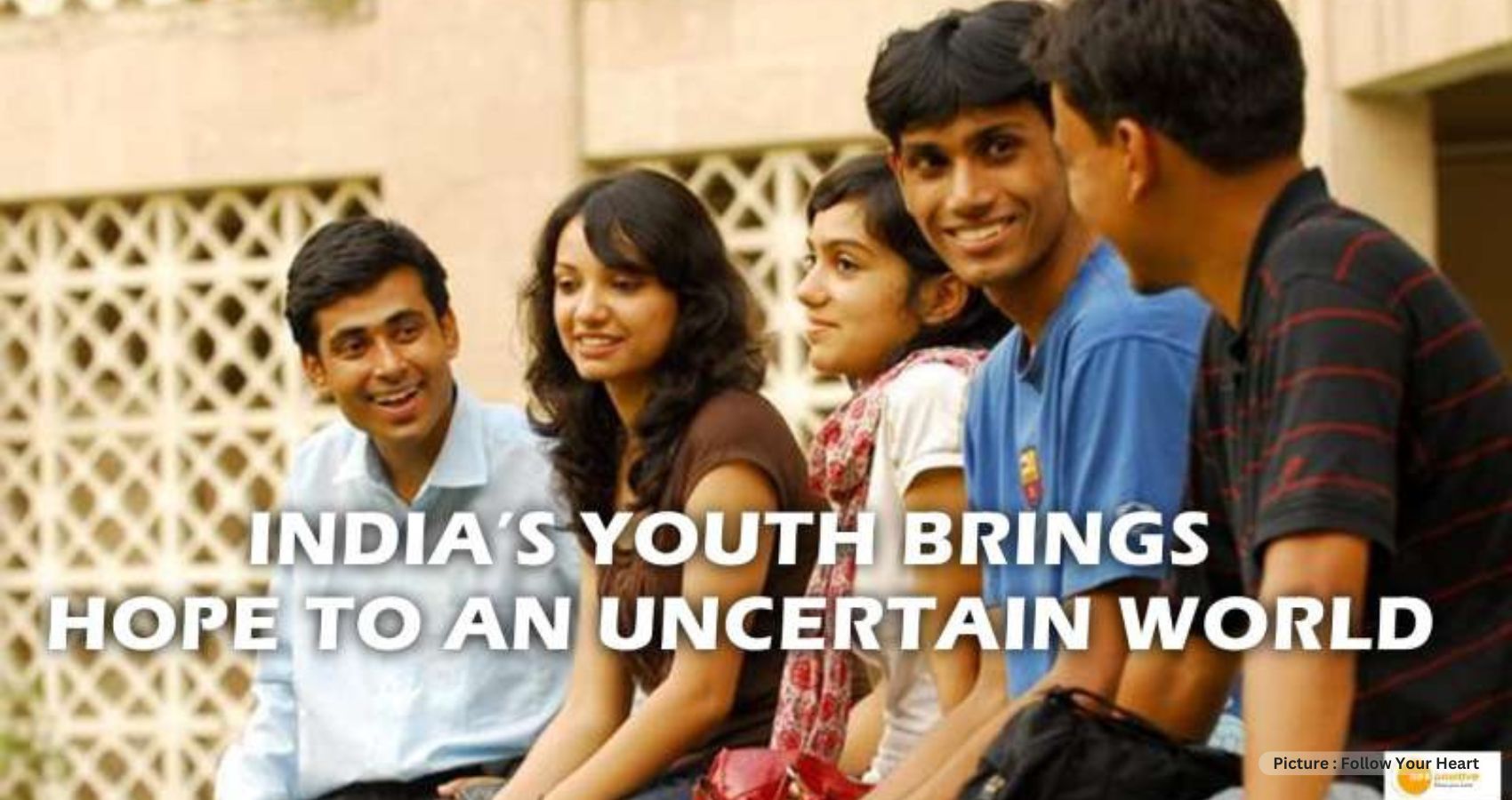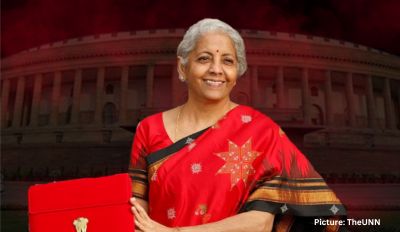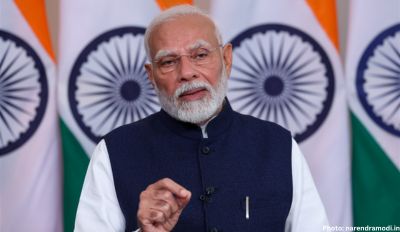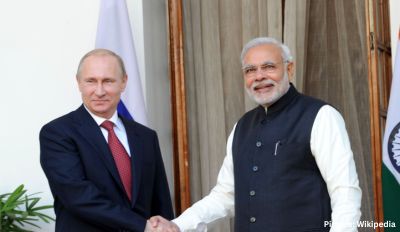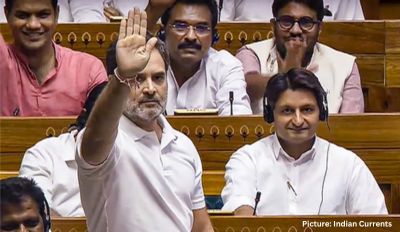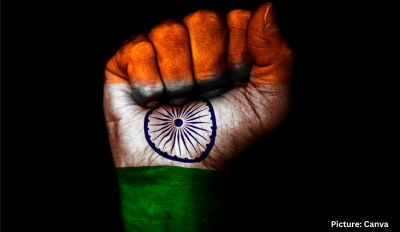In a world where one in five individuals under the age of 25 resides in India, it is evident that this young demographic wields considerable influence, comprising nearly half of the nation’s burgeoning population. As India takes its place as the world’s most populous country, Gallup data unveils an intriguing narrative: the youth of India, part of what’s often termed the “demographic dividend,” harbors a heightened sense of hope for the future, eclipsing the optimism of their older counterparts.
After India’s hard-won independence in August 1947, the nation witnessed a staggering surge in population, nearly tripling over six decades. In the 1950s, the average Indian woman bore over six children, sparking concerns about the ramifications of such rapid growth.
Today, these concerns appear increasingly obsolete. India’s fertility rate has declined in recent years, with women now bearing an average of two children. Concurrently, mortality rates have dwindled, bolstered by rising incomes and improved access to healthcare and education. Projections suggest that India’s population will gradually decline by the 2060s.
In contemporary India, individuals under the age of 25 constitute an impressive 47% of the nation’s populace. This youthful cohort is poised to spearhead India’s economic evolution for decades to come.
India’s Advancements for Children
Recent years have witnessed a perceptible shift in how Indians perceive their nation as a place for children to thrive. In 2022, an impressive 85% of respondents felt that children had ample opportunities for growth and learning every day, marking a 28-percentage-point surge since 2008. In this aspect, India stands neck-to-neck with Bangladesh as the leading South Asian nation for children’s development.
Significantly, this perception transcends generational boundaries, resonating with both young and old alike. In India’s southern regions, where educational and literacy rates are highest, a remarkable 92% of respondents believe that their country provides a conducive environment for children’s growth and learning.
Beyond this, 86% of Indians believe that children are treated with respect, indicating a nation that’s not merely growing in population but also making substantial strides in improving conditions for its youth.
Education Satisfaction and Global Connectivity
Another noteworthy trend is the growing satisfaction with India’s education system. In 2022, this satisfaction rate soared to 83%, partly explaining why Indians perceive their nation as an ideal place for children to learn and flourish. Those content with the education system are significantly more likely to regard India as a favorable environment for children (88%) compared to those dissatisfied (68%).
Historically, individuals with the highest education levels, i.e., tertiary or higher, were more satisfied with India’s educational system than their less-educated counterparts. However, this educational divide has markedly diminished in recent years. In 2022, the least educated were equally satisfied with their education system as the most educated, underlining the positive shift in India’s educational landscape.
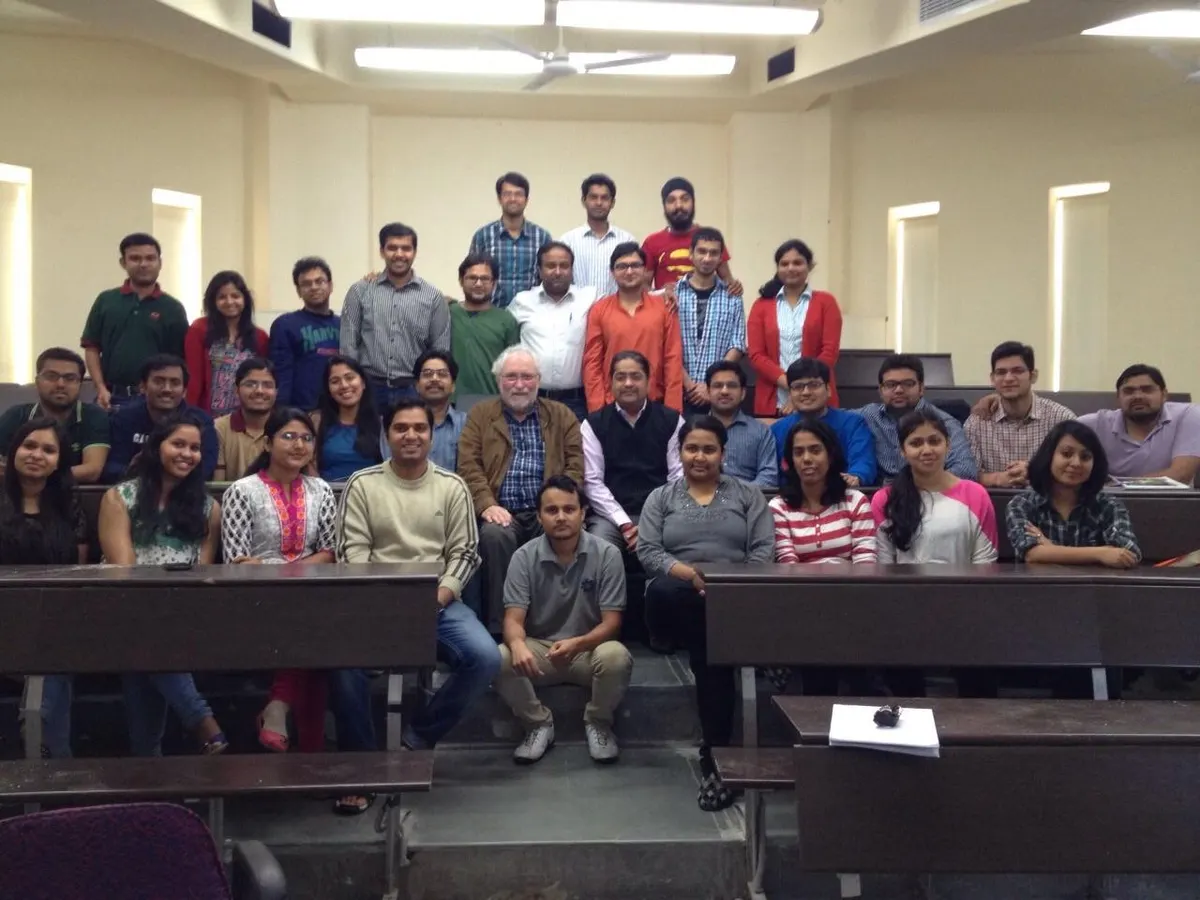
India’s youth are also embracing global connectivity at an unprecedented rate. A striking 50% of Indians aged 15 to 24 have internet access, whether through a phone, computer, or other devices. This contrasts significantly with a mere 11% of those aged 50 and older. This increased connectivity, likely driven by improved education and technology access, is fostering a deeper understanding of and stronger opinions about global affairs among India’s younger populace. Young Indians are emerging as the most vocal and engaged demographic when it comes to discussing the leadership of major global powers, such as the United States and China.
Youthful Optimism in Employment Prospects
Over the next decade, India’s labor force is anticipated to expand by over 8 million people annually, primarily propelled by a surge of educated young individuals entering the workforce. While providing suitable employment opportunities for this burgeoning workforce poses a challenge, it also represents a substantial opportunity for the world’s fifth-largest economy.
Despite relatively high youth unemployment, young Indians remain notably optimistic about their job prospects. In the previous year, 57% of Indians under 25 believed it was a favorable time to secure employment in their local area, marking the highest level of optimism since 2007.
Interestingly, this optimism extends more prominently among women than men, reversing a longstanding trend. Older women, in particular, are contributing to this shift, but even India’s young women harbor a level of optimism about local job prospects comparable to their male counterparts of the same age.
The Future of India’s Youth
In summary, India’s population is set to continue growing for at least four more decades, placing its youth and the children of tomorrow at the epicenter of its future development and prosperity.
The signs are encouraging. The youth, often deemed the torchbearers of progress, are brimming with hope for the future, surpassing the optimism of previous years. Regardless of age or educational background, Indians unite in their belief that their country is becoming a more favorable place for children to receive an education, be treated with respect, and thrive.
Despite challenges like high youth unemployment, the young generation in India remains steadfastly hopeful about their future employment opportunities. As education levels continue to rise, and technology spreads its influence, India’s future appears increasingly promising, as seen through the eyes of its vast and dynamic youth population.

